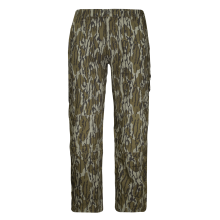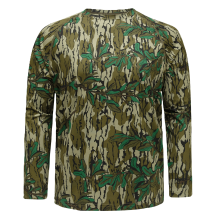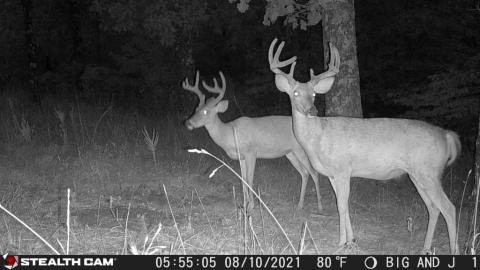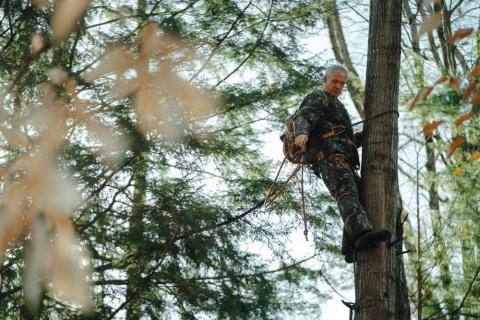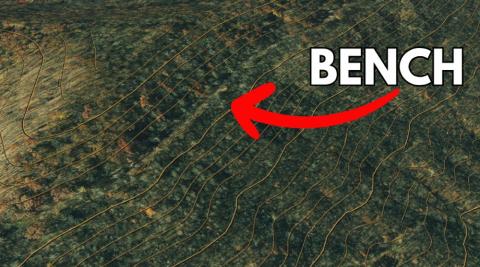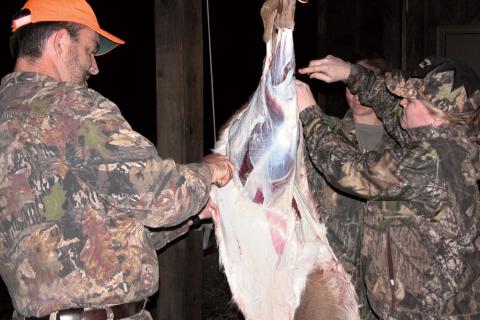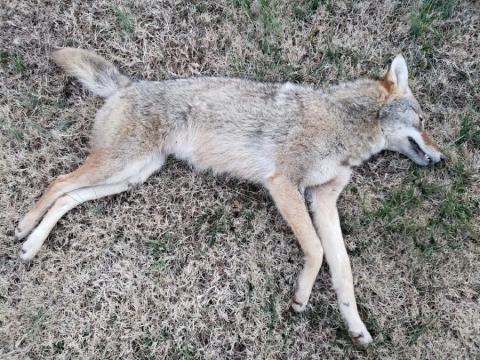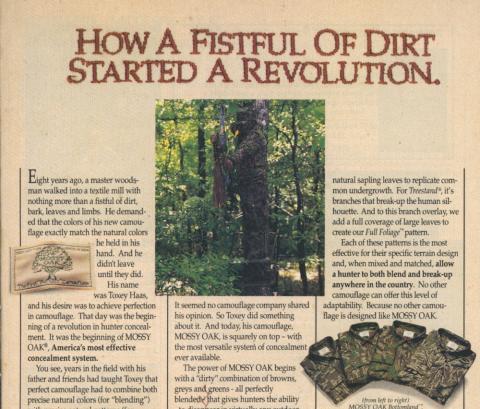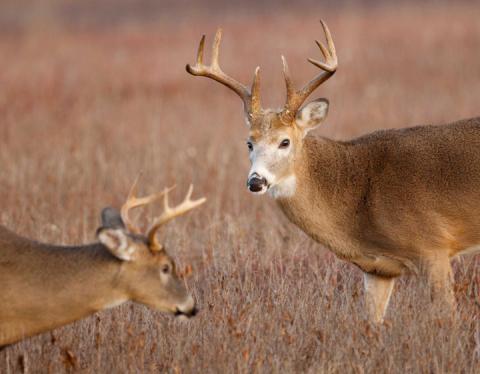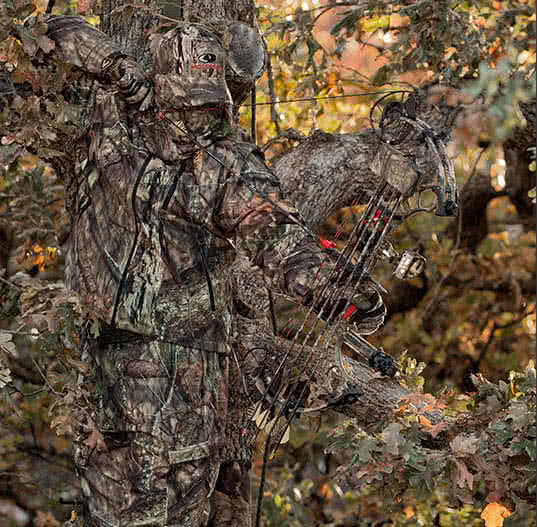By Heath Wood
For bowhunters who dream of tagging a velvet-racked buck, early-season hunts provide a unique opportunity. As a young teenager, I often bought hunting videos for entertainment and to fuel my anticipation for the upcoming season. Often, the first hunt in the videos would be an early-season hunt featuring a velvet whitetail buck. These hunts took place before the antler velvet had entirely shed, presenting a rare chance to arrow a mature buck during his summer pattern. However, not every state offers this type of hunt. Therefore, hunting an early buck myself became one of my most desired experiences to pursue.
In my home state of Missouri, bowhunters kick off the hunting season on September 15th. Throughout most of my hunting years, the bucks typically lose their velvet by the end of August, leaving virtually no chance to hunt a velvet buck. Still, I hold onto the hope that one day it will happen. About five or six years ago, I thought my luck had changed, and I was going to get a shot at an early-season velvet buck. On September 7th, I was still receiving game camera pictures of a mature buck in full velvet. I crossed my fingers and hoped it would last a couple more weeks. Unfortunately, five days before the season, I received a picture of the buck with fresh, blood-red antlers and no velvet left.

Suppose you’re serious about pursuing velvet bucks and live in an area with a later season start, like I do in Missouri. In that case, you’ll need to go where the seasons open early, and the opportunities are more favorable. Here are three of the best states for bowhunting velvet bucks, each offering public land access, unique terrain, and a reputation for success.
Kentucky: The Velvet Capital of the East
Season Dates: Opens the first Saturday in September
Habitat Types: Rolling hills, agriculture, hardwoods
Public Land Access: Over 1.5 million acres of public hunting land
In 2012, I watched North American Whitetail television and witnessed legendary bowhunter Stan Potts take a giant velvet buck while hunting in ninety-degree heat in Kentucky. That, too, got my attention as a potential place to hunt. Kentucky has built a reputation as one of the best places in the country to hunt velvet bucks, and for good reason. It offers one of the earliest archery openers in the nation, and its deer herd is strong, balanced, and well-managed. Bucks are typically still locked into their summer routines, feeding in soybean fields and staging in clover or hay fields before dark. Although you may have to sit in the hot summer heat for a few hours before dark, a giant velvet buck makes it all worthwhile.
Public land access is excellent, with numerous Wildlife Management Areas (WMAs) scattered throughout the state. Locations such as Peabody WMA, Land Between the Lakes, and Clay WMA provide thousands of acres of opportunities. Since the average hunter doesn’t prefer hunting when it's still hot, the early season is usually not as crowded. However, those who are there are after the same end game as you: to shoot a mature buck. So, hunt early and make the most of it.
Shop Now: Affordable 20L Mossy Oak Backpack
Strategy Tip: Glass fields in the evenings during the last two weeks of August to pattern bachelor groups. Bucks are predictable this time of year. Set trail cameras on the edges of fields and use mobile data cameras to avoid excessive intrusion. For the best results, hunt in the afternoons and evenings when deer are most active at food sources. It's important to remember that when it's hot, deer travel less often, typically limiting their movement to bedding during the day and feeding in late evenings and throughout the night to stay cooler. Arrive at the food source early and be prepared to wait.
North Dakota: Prairie Velvet Pursuits
Season Dates: Opens around August 30 (varies slightly by year)
Habitat Types: Prairie grasslands, river bottoms, badlands
Public Land Access: Over 2 million acres, including PLOTS (Private Land Open To Sportsmen)
North Dakota hosts one of the earliest archery openers in the country, sometimes before the end of August. Many hunters who prefer to travel nationwide throughout the hunting season choose to start in North Dakota. This timing is crucial for hunters aiming for a real shot at bucks in full velvet. The state’s expansive agricultural fields, along with rugged river bottoms and prairie edges, create prime habitat for early-season success. Again, it provides bedding, food, and water, which typically make up an early-season buck's daily agenda.

One of the standout advantages in North Dakota is the PLOTS program, which grants access to private land enrolled for public hunting. Combine that with national grasslands, wildlife refuges, and state land, and you’ve got a velvet hunter’s playground.
Strategy Tip: Utilize elevated glassing points or vehicle-based road scouting to find bachelor groups feeding in sunflower or pea fields. Once you locate a buck, use a minimalist hang-and-hunt approach, such as employing a hang-on stand or the popular tree saddle that many mobile hunters have taken advantage of in recent years. Keep your gear light and entrance routes quiet; prairie deer can see you from a mile away, so walk in while deer are bedding down during the day to avoid being spotted.
Nebraska: River Bottom Velvet
Season Dates: Opens September 1
Habitat Types: River bottoms, CRP fields, Ag country, Sandhills
Public Land Access: Over 1.2 million acres of public access, including Open Fields and Waters (OFW) lands
Tennessee and North Dakota have become well-known by early-season bow hunters looking to get a buck down early. Yet, Nebraska makes the top 3 list as a hidden gem in the velvet buck game. It’s archery season opens September 1, giving bowhunters another shot at velvet before most bucks begin to shed. The eastern part of the state, with its cornfields, creek bottoms, and dense bedding cover, holds solid deer numbers. In western and central Nebraska, river bottoms and the Sandhills offer a more rugged challenge but also some tremendous bucks.
The state’s Open Fields and Waters program provides over 300,000 acres of private land for public use. When combined with WMAs and National Forest land, access is easy to find with a bit of research. If a significant amount of public land isn’t sufficient, many deer hunters adopt a knocking on doors approach that various spring turkey hunters use to obtain access to private land opportunities.
Strategy Tip: Focus your scouting efforts around water sources in drier regions, particularly near areas with irrigated agriculture. In areas with limited shade and cover, deer often bed close to where they feed. A morning hunt near bedding can help catch bucks returning to their beds after feeding all night, or an evening sit over an alfalfa field can be very effective. Keep an eye on your weather forecast; if temperatures are hot and dry, prioritize shade and water.
Chasing velvet bucks requires a unique mindset; dealing with hot weather, early-season bugs, and long hours of scouting is no joke. But for the bowhunter willing to put in the effort, the reward is unforgettable. Kentucky, North Dakota, and Nebraska each offer a unique glimpse into this rare and thrilling style of hunting. With some research, boots-on-the-ground effort, and a flexible approach, you could wrap your tag around velvet this fall. Whether it’s the soybean fields of Kentucky, the open prairies of North Dakota, or the river bottoms of Nebraska, now is the perfect time to plan your velvet hunt and turn early-season success into a reality.













